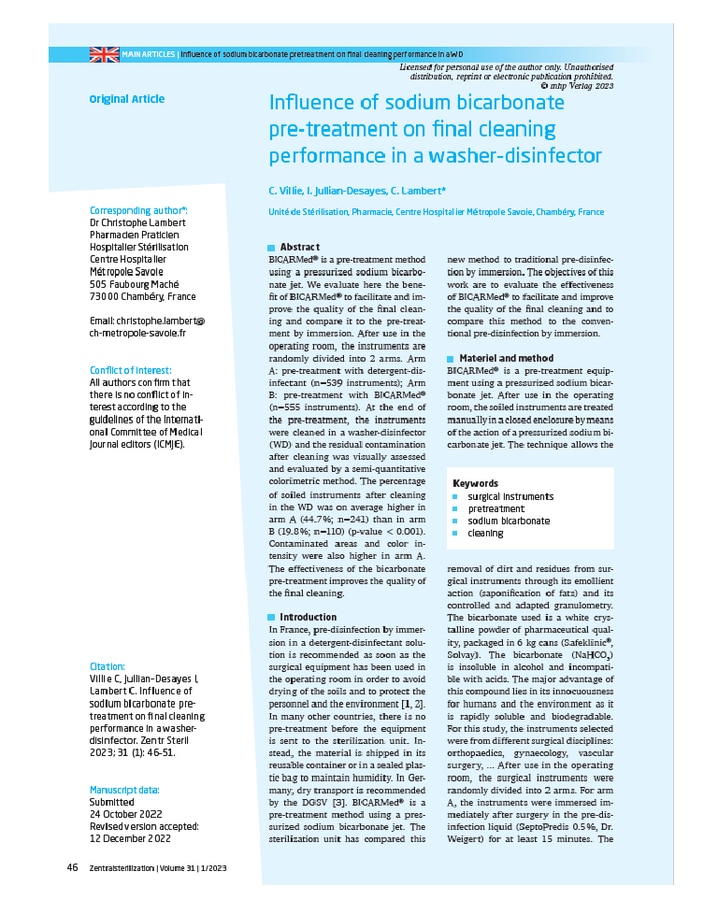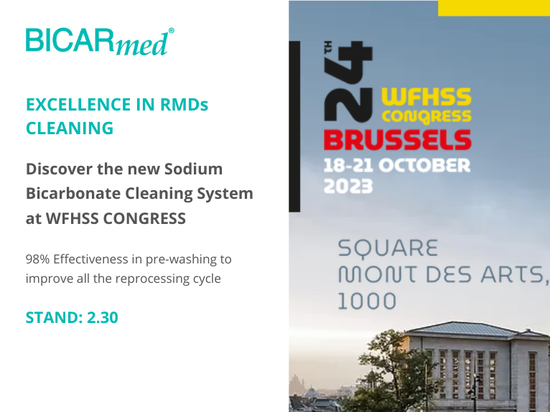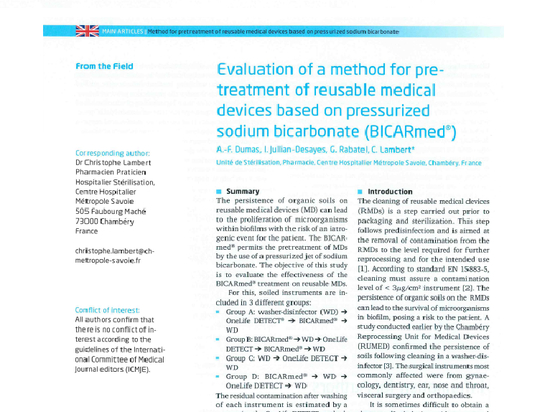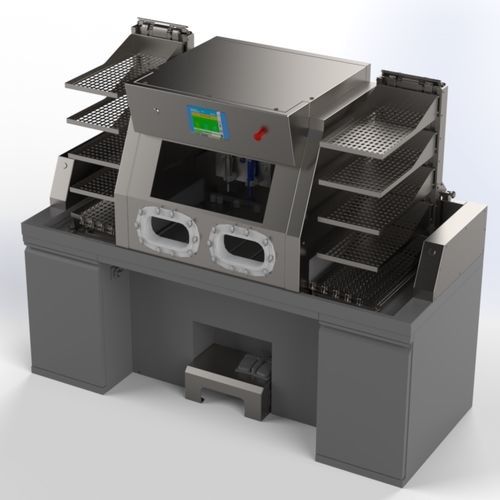
#Industry News
Influence of sodium bicarbonate pre-treatment on final cleaning performance in a washer-disinfector
Prof Lambert's study published on Zentral Sterilization 2.2023
The pre-treatment of reusable medical devices (RMD) is a fundamental step to maximize the effectiveness of the entire sterilization cycle.
The washing phase follows the pre-treatment, which aims to eliminate the contamination from RMD bringing it to the level of <3μg / cm² required by the EN 15883-5 standard.
The persistence of organic matter residues on the RMD can lead to the survival of microorganisms within the biofilm, causing a risk for the patient.
RMD are often characterized by considerable differences in terms of geometry, materials, structure, resistance to reprocessing, degree of initial contamination and level of quality of the final reprocessing obtained. In case of critical instruments to be cleaned and adhered contaminants, the traditional washing processes may be insufficient and it is forced to apply to manual pre-washing remedies injurious for the devices and dangerous for the operators (brushing, solvents, treatments with abrasive pastes , air-steam), not always effective.
The study carried out by Prof C. Lambert inside the sterilization unit in Chambéry (F), confirms the persistence of dirt after cleaning with the washer disinfector and thermodisinfection. Among the instruments examined, the most contaminated come from some departments in particular: gynecology, dentistry, otolaryngology, visceral surgery and orthopedics.
The study compared traditional pre-washing methods with the new BICARmed® treatment with SAFEKlinic®, a particular compound of sodium bicarbonate in granules, conveyed with low pressure compressed air and water.
The results of the research have shown that repeated and systematic use during each reprocessing cycle with BICARmed ® technology brings significant improvements in cleaning the dirty RMD.








